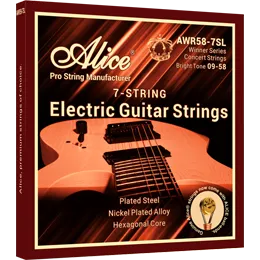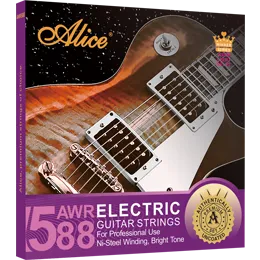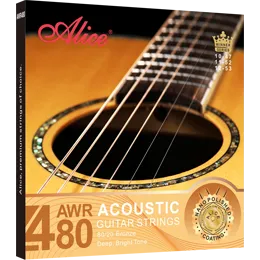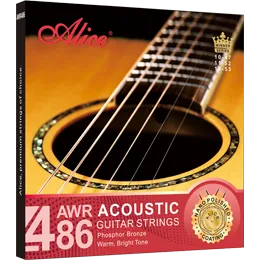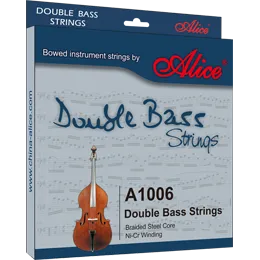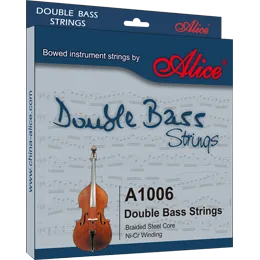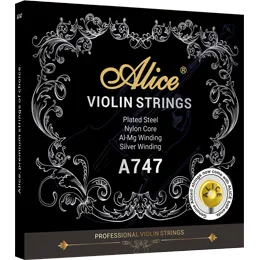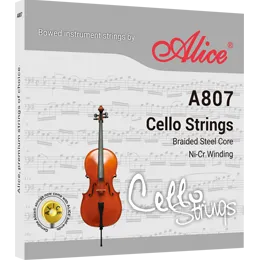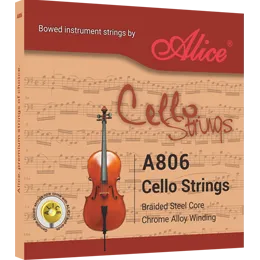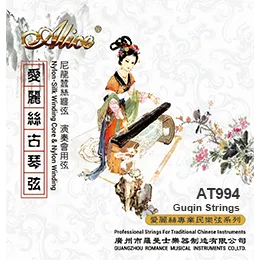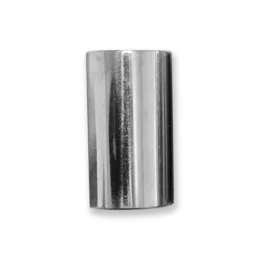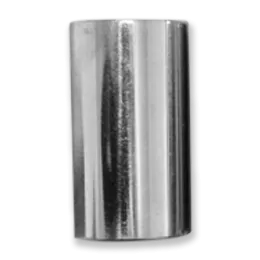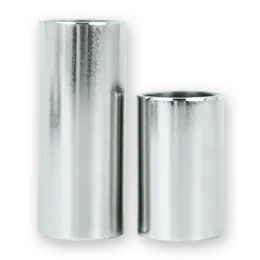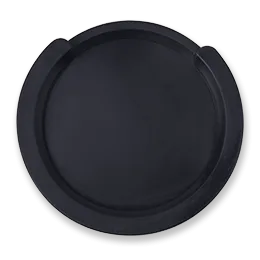How Do You Protect Your Acoustic Guitar and Acoustic Guitar Strings in Winter?
Winter can be a tough season for acoustic guitars and their strings. The cold and dry winter can significantly impact the overall condition and performance of your instrument. As temperatures drop, the wood of the guitar is susceptible to contracting, potentially leading to changes in its structure and affecting its tone. The lack of humidity in the air during winter can also contribute to the drying out of acoustic guitar strings, making them more prone to breakage and adversely impacting their flexibility and resonance. So, here's a guide to help you through.

What Is the Role of Humidity, and How Do You Find the Perfect Humidity?
Did you know that humidity, or the air's moisture, really matters for your guitar? The air can get dry in the winter, harming your guitar and strings. Think of it like how our skin gets dry in winter. Humidity levels directly impact the wood of the guitar, and since wood is a hygroscopic material, it tends to absorb or release moisture from the surrounding environment. This can lead to changes in the guitar's structure, affecting its playability, tone, and overall well-being.
Guitars like it best when the air is wet and dry enough. The sweet spot is around 45-55% humidity. When the air gets too dry, you might see some problems. The wood can warp (bends out of shape), the guitar's top might sink, and the wood can crack. For in-time monitoring, you are suggested to invest in a hygrometer and place it inside the guitar case. It is important to store your guitar in a room with stable humidity levels and avoid areas with extreme fluctuations, such as near heaters, air conditioners, or drafty windows.
What Do Guitarists Face When Humidity Drops?
When humidity drops, guitarists often face several common issues with their instruments:
Warped Fretboard
Low humidity can cause the wood in the fretboard to shrink and warp. This warping can lead to uneven frets, affecting the guitar's playability and intonation.
Collapsed Top
The guitar's top, especially in acoustic guitars, can collapse or sink due to the wood contracting. This affects the sound quality and the action of the guitar.
Cracking
The most severe issue is the cracking of the wood. Dry air causes cracks in the guitar's body, which can be not only costly to repair but also detrimental to the instrument's sound and structural integrity.
Brittle strings
The lack of moisture makes the acoustic guitar strings less flexible, increasing the likelihood of breakage. This can result in a loss of tone quality and playability.
Fret Buzz and Action Changes
The contraction of the guitar neck due to low humidity can cause changes in the instrument's action (the distance between the acoustic guitar strings and the fretboard). This may lead to issues such as fret buzz, where the strings make unwanted contact with the frets, impacting the overall playability of the guitar.
How to Take Good Care of Your Guitar
Here are some tips to keep your guitar safe in winter:
Use a Guitar Humidifier
This little tool keeps the air around your guitar just right. It's a lifesaver when the air gets too dry.
Store it Right
Wait to leave your guitar. A good case or a room with a stable temperature can make a big difference.
Clean the Strings
Use acoustic guitar strings cleaner or a cloth to wipe down the strings after playing. This helps remove oils and debris, extending the life of the strings.
Check for Wear
Inspect the strings for signs of wear, particularly in the winter when they are more prone to brittleness. Replace any worn or damaged strings promptly.
Choosing the Right Strings
Whether you need steel or nylon strings for your acoustic guitar, Alice has top-notch options. Check out our acoustic guitar strings made to last and sound beautiful, even in the driest winters.
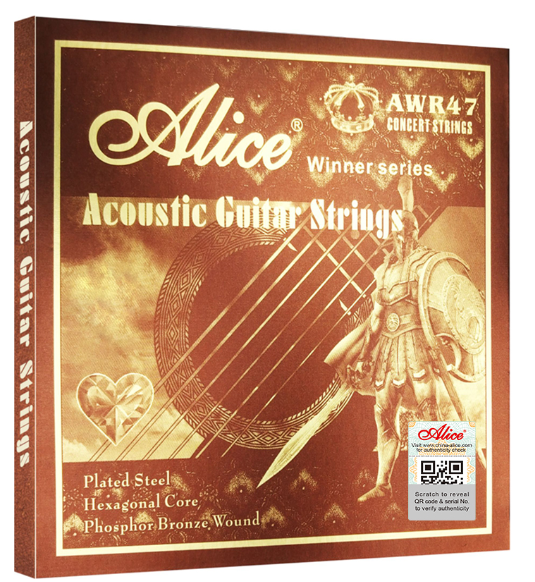
Alice AWR47 Acoustic Guitar String Set, with its meticulous composition of plated steel plain string, hexagonal steel core, phosphor bronze winding, and anti-rust coating, stands as an exemplary choice for advanced concert performance on acoustic guitars. The set's dedication to delivering a clear treble, warm bass, rich harmonics, and tenuto excellence underscores its commitment to sonic precision. Whether opting for the super light (SL) or light (L) gauge variants, musicians can rely on these strings to elevate their acoustic performances, providing not just longevity with the anti-rust coating but also a nuanced and resonant tonal quality that is crucial for concert settings. The AWR47 set epitomizes the fusion of craftsmanship and innovation, offering an indispensable tool for musicians seeking excellence in their acoustic concert endeavors.
Alice's range of acoustic guitar strings caters to diverse musical needs. Our selection includes steel and nylon strings, each crafted to enhance the guitar's sound quality. These strings are designed to be resilient, maintaining their tone even in challenging conditions like dry winters. Alice's commitment to quality ensures that each set of strings offers a blend of durability and superb sound, making them a preferred choice for guitarists exploring various musical styles and techniques.
Conclusion
A little care can go a long way in keeping your guitar and strings in great shape during winter. And for those strings, Alice has got your back. Our quality and variety are just what every guitarist needs to brave the cold season. Keep strumming, and stay warm!
Relate News

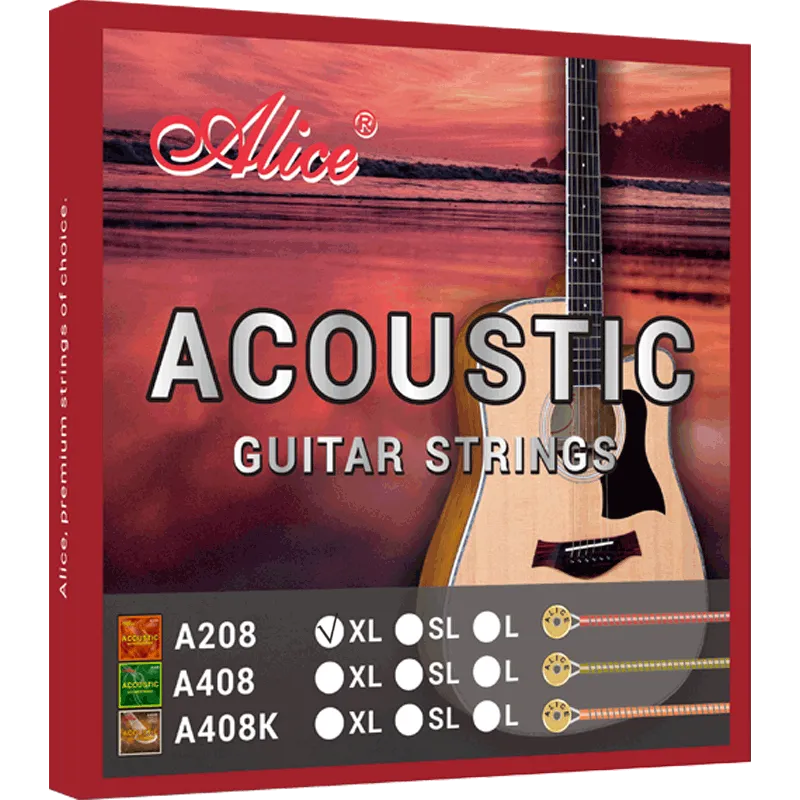
5 Key Indicators to Identify High-Quality Acoustic Guitar Strings
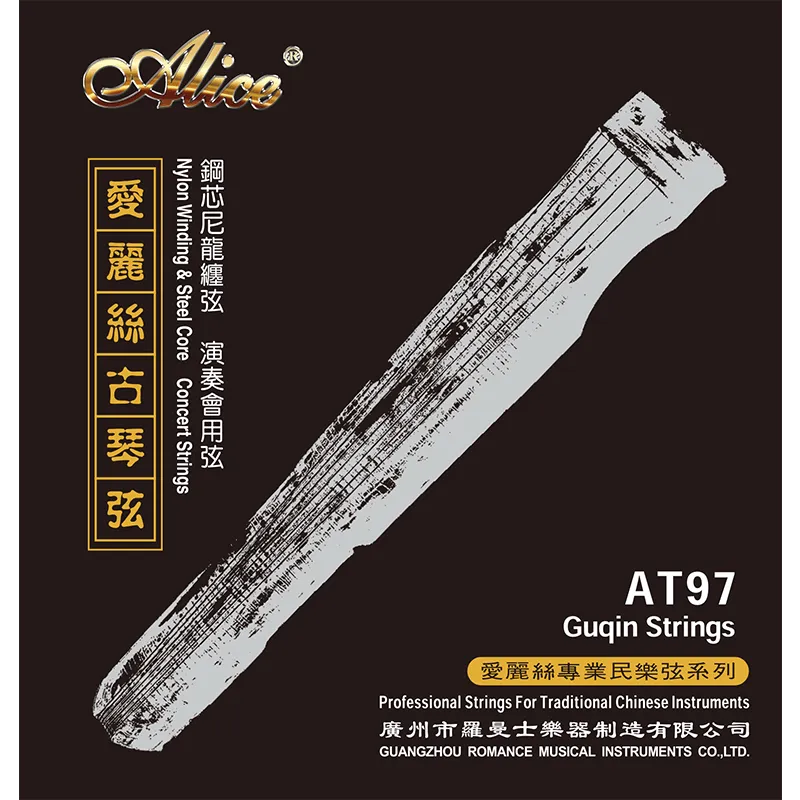
What Are Guqin Strings Made Of?
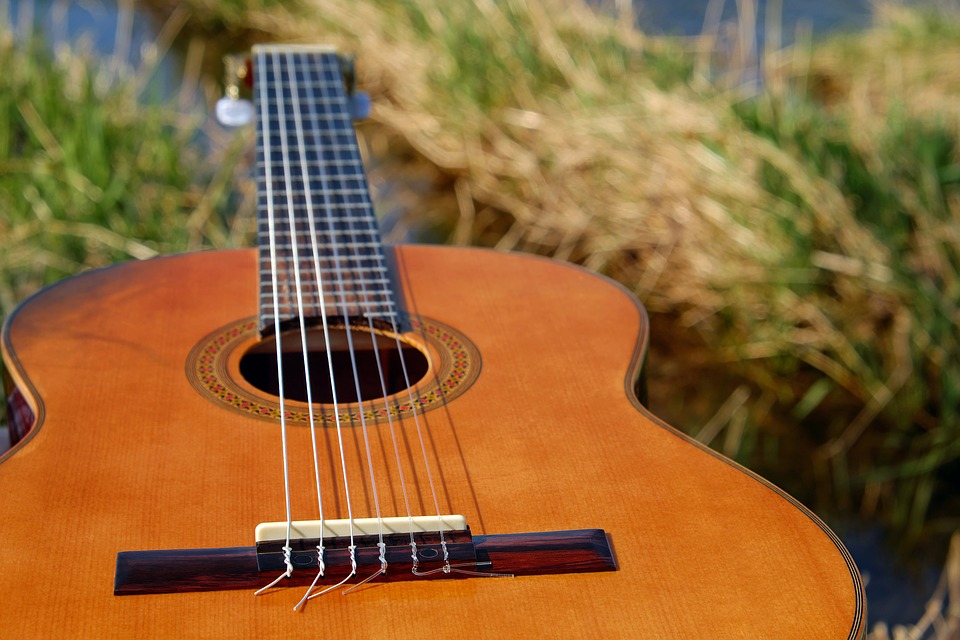
Silk Strings, Steel Strings, and Nylon Strings: Which Is Best for Your Traditional Music Performance?
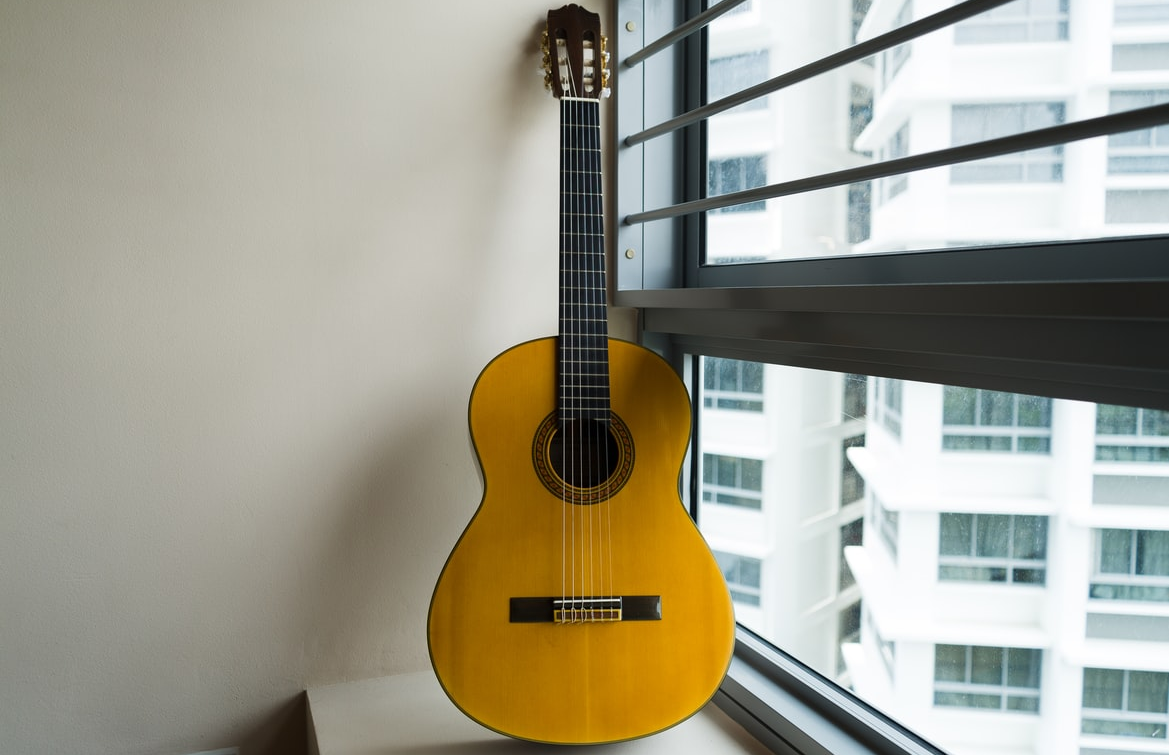
Complete Guide to Guitar String Materials

Orchestral Strings Explained: A Beginner-Friendly Guide to Violin, Viola, Cello, and Double Bass

Tone Comparison of Brass Alloy, Phosphor Bronze, and Coated Guitar Strings

How to Choose the Right Guitar Strings for Your Performance: A Scenario-Based Buying Guide

OEM Guitar String Customization: A Detailed Guide to the Process
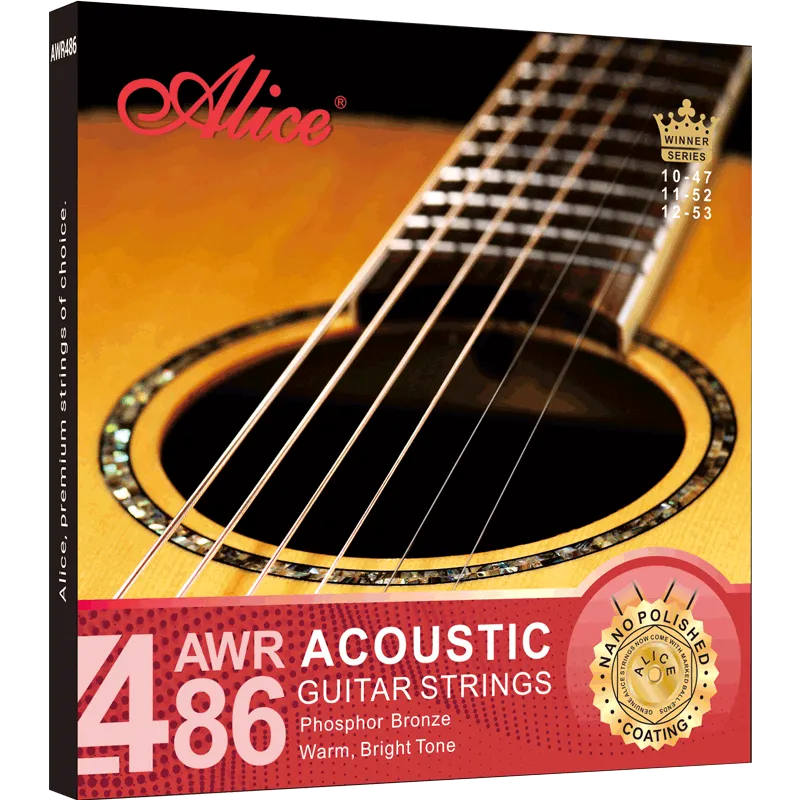
Copper Alloy vs Phosphor Bronze: Which Acoustic Guitar Strings Suit You Best?
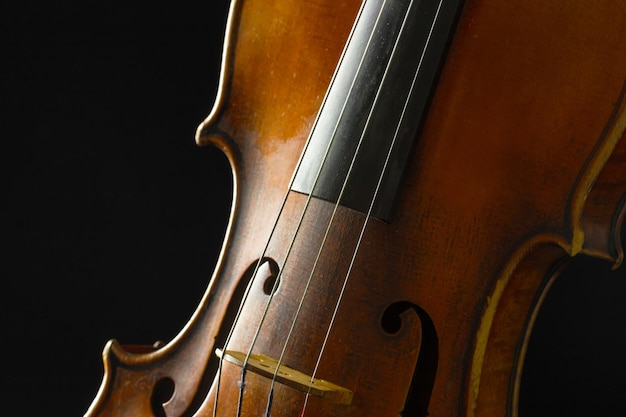
Cello Plucking: Can You Pluck a Cello with Your Fingers? How-To And Tips



